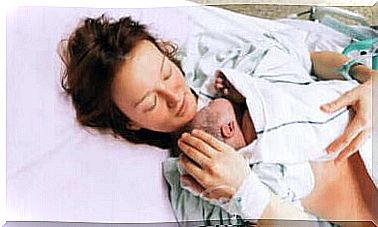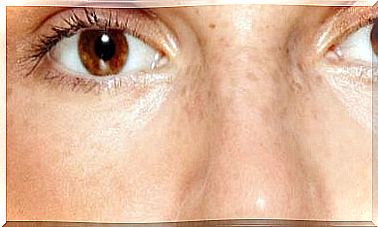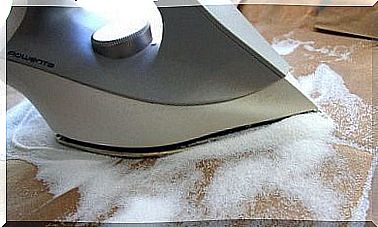First Aid For Carbon Monoxide Poisoning
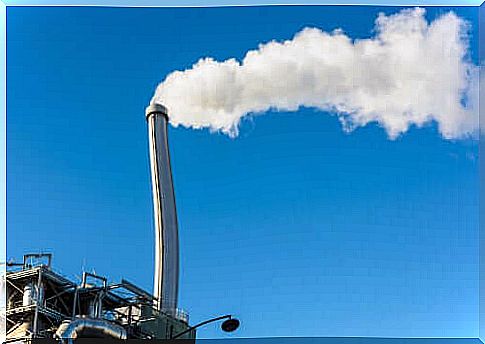
Today we are going to talk about carbon monoxide poisoning. Carbon monoxide is a colorless, odorless, tasteless, highly toxic gas that is produced by the combustion of petrol, wood and coal, among other things. This combustion powers cars, gas stoves and heating systems, among other things.
This kind of gas is a silent killer that poisons about 1,500 people every year. About 200 of them die. Most cases can be avoided as they are mainly due to misuse of equipment.
It’s either that or it is due to the malfunctioning of gas appliances located in unsuitable, poorly ventilated environments. Carbon monoxide poisoning is a medical emergency that can go unnoticed. Read on to learn all about it and what to do when it happens around you.
Carbon Monoxide Poisoning
People accidentally inhale this gas in their home or during some of their daily activities, such as cooking or heating a room. This is because the machines they use may not be working properly or have not been properly maintained. In addition, people sometimes use it as a suicide method.
What does carbon monoxide do to our bodies?
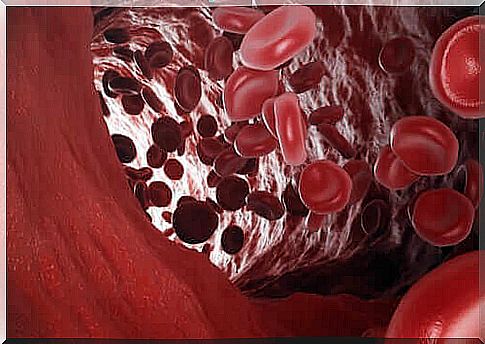
Cells called erythrocytes, also called red blood cells, normally circulate in our blood. These blood cells contain a protein called hemoglobin, which is responsible for transporting oxygen.
This protein is responsible for capturing the oxygen that is breathed into the lungs and then it goes to the tissues where the blood circulates. The toxicity of carbon monoxide is due to its higher affinity for hemoglobin than oxygen.
As a result, carbon monoxide binds very strongly to hemoglobin and oxygen cannot enter the blood. Thus, the tissues run out of oxygen, causing what is technically termed tissue hypoxia.
Symptoms of Carbon Monoxide Poisoning
The severity of symptoms depends on the amount of carbon monoxide inhaled and the time of exposure. There are two types of carbon monoxide poisoning:
- Acute poisoning occurs when a person inhales this gas in large amounts.
- Chronic poisoning occurs when people continuously inhale low concentrations of carbon monoxide.
The symptoms of carbon monoxide poisoning are caused by a lack of oxygen in the tissues and these are some of the most common symptoms of poisoning:
- Headache
- Dizziness
- Weakness
- Nausea and vomiting
- Chestpain
- Cardiac arrhythmia
- Breathing problems
- Confusion
- drowsiness
If carbon monoxide poisoning is not treated in time, it leads to a coma. It is therefore dangerous for people exposed to it, especially while sleeping. This is because they can suffer irreversible brain damage or even die before someone notices there is a problem.
The symptoms of chronic poisoning may not be so obvious and serious long-term damage can occur. These occur at the brain level and are mainly:
- Difficulty learning and retaining data.
- Emotional disorders that can lead to depression.
- Sensory and motor disorders such as difficulty moving and loss of sensation.
In most cases, these symptoms occur without anyone realizing that the cause is gas. This is because as we mentioned above, it is odorless, colorless and tasteless.
First aid for carbon monoxide poisoning
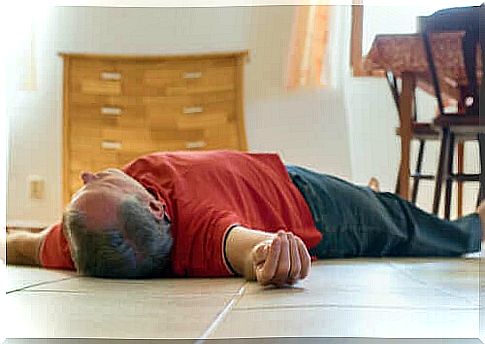
In any case, if you think you might have carbon monoxide poisoning or the gas in your house, do the things below. So make sure as soon as possible that you:
- Exit the room where there is a gas leak.
- Open doors and windows to get fresh air and expel carbon monoxide.
- Turn off stoves, ovens, stoves and all appliances of this type.
Once you are clear of the source of the poisoning, contact the nearest emergency room. Medical staff can then perform tests to check the level of carbon monoxide in your blood and begin treatment immediately.
Hospital treatment
Treatment consists of injecting oxygen into the blood system to flush the carbon monoxide out of the hemoglobin and replace it with oxygen. They usually administer this oxygen through a mask placed over the nose and mouth. This allows oxygen to reach the tissues.
Overpressure chamber
In a number of cases, doctors place an affected person in a pressurized chamber. In this treatment, oxygen is breathed into a chamber with a much higher pressure than normal. It speeds up the replacement of carbon monoxide with oxygen.
How to avoid poisoning
According to the Centers for Disease Control and Prevention, you can take the following precautions, among other things, to avoid carbon monoxide poisoning:
- Properly install and maintain all fuel-consuming household appliances.
- Inspect and clean household fireplaces and chimneys every year.
- Have a skilled service technician inspect your ovens, boilers and gas dryers annually
- Only use room heaters that use fuel but don’t have a vent when you’re awake, keep an eye on them and try to maintain good ventilation.
- You should regularly check your car’s exhaust system for defects and blockages, especially during the winter.
Finally, it is important that you have a battery-operated carbon monoxide detector installed in your home. Also don’t forget to check the batteries every time the summer and winter time changes. Leave your house and call emergency services when the detector alarm goes off.

